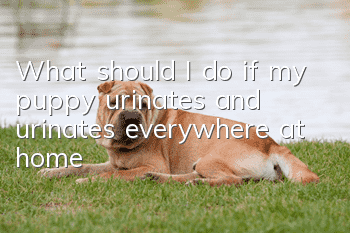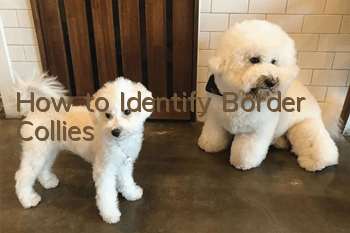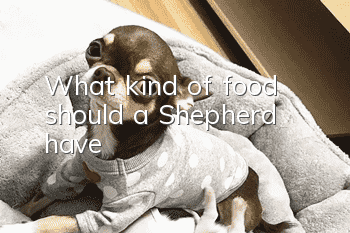What should I do if my puppy urinates and urinates everywhere at home?

Indoor fixed-point toilet training
1. Prepare diapers and choose a place for your dog to go to the toilet
Choose a place at home for the dog to go to the toilet. It must be separated from the place where the dog eats and sleeps. You can choose a bathroom, balcony, etc., and then lay out the diapers there. It is recommended to choose the largest size at first. Diapers, or maybe a few more.
2. Guide the dog to the toilet location
Many dogs will lower their heads and sniff around or circle around before urinating. At this time, you can use food or toys to guide the dog to the toilet location. If you can't tell when your dog needs to urinate, remember these times: after getting up in the morning, after playing, after taking a nap, and after eating and drinking.
3. Use words to encourage the dog to urinate and defecate
Once it has the intention to urinate or defecate, please do not disturb it physically, but give verbal rewards as soon as possible. For example, "Awesome~", "So good", "Good", etc.
4. Encourage and stroke the dog after it has excreted
When it finishes excreting on the newspaper, please continue to encourage it softly. At this time, you can stroke its head and back with your hands, and you can also reward it with a small amount of snacks. The purpose is to make the dog like this behavior pattern, generate memory, and be willing to repeat this behavior.
After the dog’s vaccinations have been completed and the observation period has passed, you can take the dog outside to urinate and defecate.
Outdoor toilet training
1. A flight box or cage is helpful for training
Dogs that live in a cage or in a cage are easier to toilet train than dogs that are loose. If conditions permit, dogs will not urinate in the places where they sleep and eat. When you first start training, you can prepare a suitably sized flight box or cage for your dog. Except when you take it out for a walk, you can let your dog stay in it quietly the rest of the time.
2. Choose a fixed time and place to walk your dog
Owners should observe their dogs’ urinating and defecation habits. Some dogs will urinate and defecate before meals, while others will urinate and defecate after meals. Be sure to take it out in the morning and evening. If you have time, you can walk it more often. Generally speaking, it is more convenient to choose a fixed area close to your home as a place to relieve yourself.
3. Keep the leash on when walking your dog
The leash is not only to avoid accidents, but is also good for toilet training. Some dogs are very excited to go out, especially when they see other dogs, they will only focus on playing and forget about business. You can hold the rope for a while before defecating, which will help the dog defecate.
4. Use wordsEncourage your dog to urinate
After taking the dog to the designated location, you can use words to encourage the dog to urinate, "pee", "pee", etc. Over time, the dog will understand that when you say these words, you want it to urinate.
5. Do not go home immediately after your dog has excreted
When it defecates in the right place, you can praise it, stroke it, reward it with snacks, but don’t take it home immediately. Dogs like to play outside. If they go home immediately after urinating, the dog will deliberately hold in their pee in the future in exchange for being able to stay outside longer. The correct way is to play with it outside for a while, including interactive games like ball.
- How to identify purebred Bichon Frize dogs
- What are the personality traits of a Great Dane?
- What you need to know about raising German Great Danes
- What is the difference between Husky and Alaskan?
- What are the advantages of homemade dog food?
- How to bathe a German Great Dane
- What is the method for trimming Pomeranian dogs?
- What are the advantages and disadvantages of the Shetland Sheepdog?
- How to toilet train a Bichon Frize
- How to raise a giant poodle



